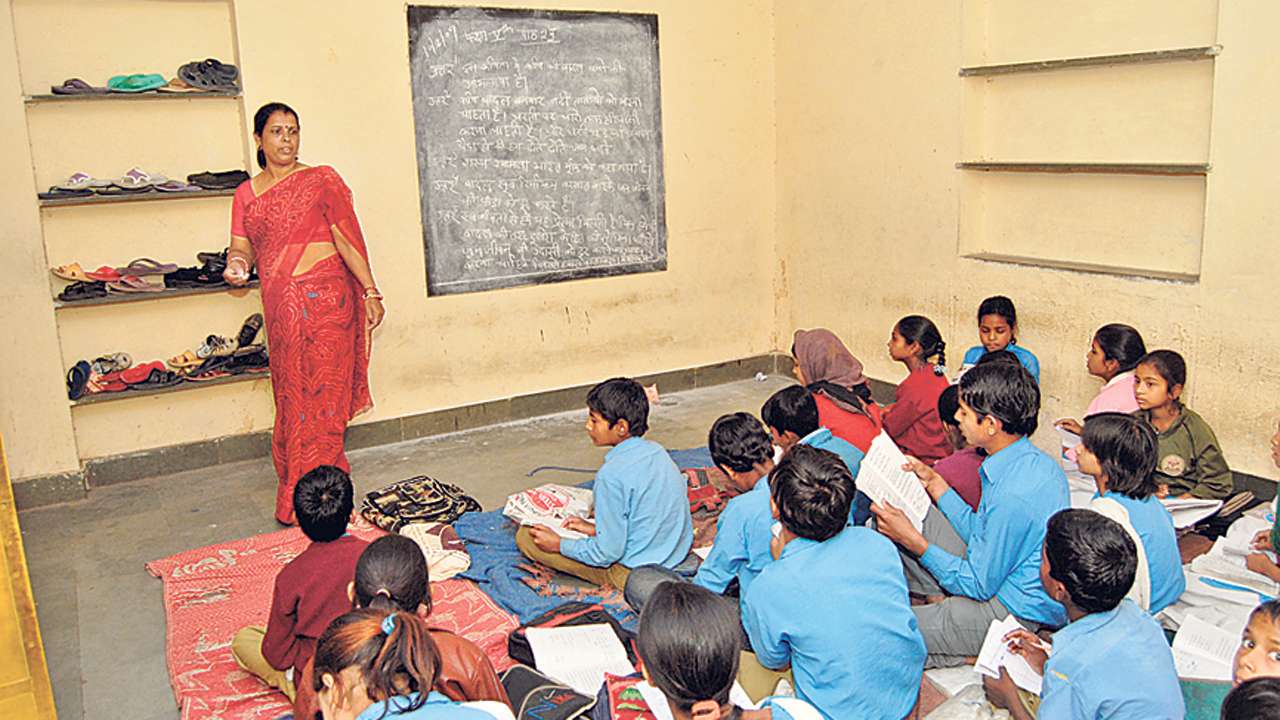
- Select a language for the TTS:
- UK English Female
- UK English Male
- US English Female
- US English Male
- Australian Female
- Australian Male
- Language selected: (auto detect) - EN
Play all audios:
THE NEW BUS STATION IN TILBURG BY DUTCH FIRM CEPEZED ARCHITECTS WAS RECENTLY TAKEN INTO USE, AS PART OF A LARGE-SCALE REVITALIZATION OF THE CITY’S PUBLIC TRANSPORT HUB, WHICH INCLUDES THE
RENOVATION OF THE TRAIN STATION AND THE NEW BICYCLE PARKING IN THE RAILWAY ZONE, ALSO BY THE SAME ARCHITECTS. situated on the west side of the train station, the new public transport
facility generates its own energy through 250 m2 of solar panels that lie atop of its awning, which supply sufficient power for all functionalities of the bus station, including lighting,
the digital information signs, the staff canteen, and the public transport service point. all images by lucas van der wee CEPEZED HAS CONSTRUCTED THE BUS STATION WITH A SERIES OF VERY THIN
COLUMNS AND AN EVENLY MINIMALISTIC AWNING STRUCTURE ON TOP OF THEM. the construction forms a triangular circuit with a length of over 160 meters and an open space in the center, while six
positions for boarding and one for de-baording are arranged around the outer side. similar to the train station’s roof structure, the awning of the bus station seems to float due to its
elegant, monumental form. THE OVERALL STRUCTURE HAS BEEN DIVIDED IN THREE SEGMENTS, ALL OF WHICH CONTAINING GREEN PLANTATION SURROUNDED BY A SITTING EDGE FOR TRAVELERS IN THEIR CENTER. on
the wide end of the circuit, the project contains a pavilion that houses a staff canteen for the bus drivers, a public transport service point and a commercial space with an elevated
terrace. THE BUS STATION INCORPORATES A THOROUGHLY INTEGRATED DESIGN, WITH A LOT OF ATTENTION TO ITS SETUP, MATERIALIZATION AND DETAILING THAT IS AS ELEMENTARY AS POSSIBLE. for example, the
thin columns composed of steel plates and strips also contain water drainage and electric cabling; the S.O.S.-button and intercom are also integrated into one of the columns; the folded
sheet steel that functions as the central load-bearing stability beam also functions as a gutter; the lighting of the terrace adjoining the pavilion is integrated into the beams spanning the
awning structure at that point. also, movement sensors have been integrated into the steel edge of the awning at every 14 meters, which respond to the presence of buses and people so that
the lighting is sufficient in every situation while the use of energy is kept to a minimum. DESIGNED FOR INCLUSIVENESS, THE BUS STATION CAN BE REACHED BY WHEELCHAIR USERS THROUGH A RAMP,
WHILE THE HAND RAILS BETWEEN THE TERRACE AND THE PLATFORMS HAVE BEEN PROVIDED WITH BRAILLE SIGNING. the ETFE foil of the awning is self-cleaning and hardly needs any maintenance, and, for
service of the solar panels and electrical equipment, the awning circulation is easily accessible via the pavilion and a walkable cable gutter. PROJECT INFO: NAME: bus station tilburg
ARCHITECT: architectenbureau cepezed, delft LOCATION: spoorlaan, tilburg CLIENT: city council tilburg STRUCTURAL ENGINEERING: IMD raadgevende ingenieurs, rotterdam CONSULTANT MECHANICAL
& ELECTRICAL ENGINEERING: nelissen ingenieursbureau B.V., eindhoven CONSULTANT BUILDING PHYSICS, FIRE SAFETY AND SUSTAINABILITY: nelissen ingenieursbureau B.V., eindhoven LANDSCAPE
ARCHITECT/ URBAN PLANNER: atelier quadrat, rotterdam LIGHTING: atelier lek, rotterdam MAIN CONTRACTOR: bam infra BV, gouda CONTRACTOR STEEL CONSTRUCTION: buiting staalbouw, almelo CONTRACTOR
INSTALLATIONS: hoppenbouwers techniek, udenhout ETFE ROOF: buitink – technology, duiven LENGTH AND WIDTH OF GFA BUILDING: 160 m and 30 m (at widest point) | 108m² BVO SUSTAINABILITY: 250 m²
of solar panels on the roof; yield = nom (zero use on the electric bill)










